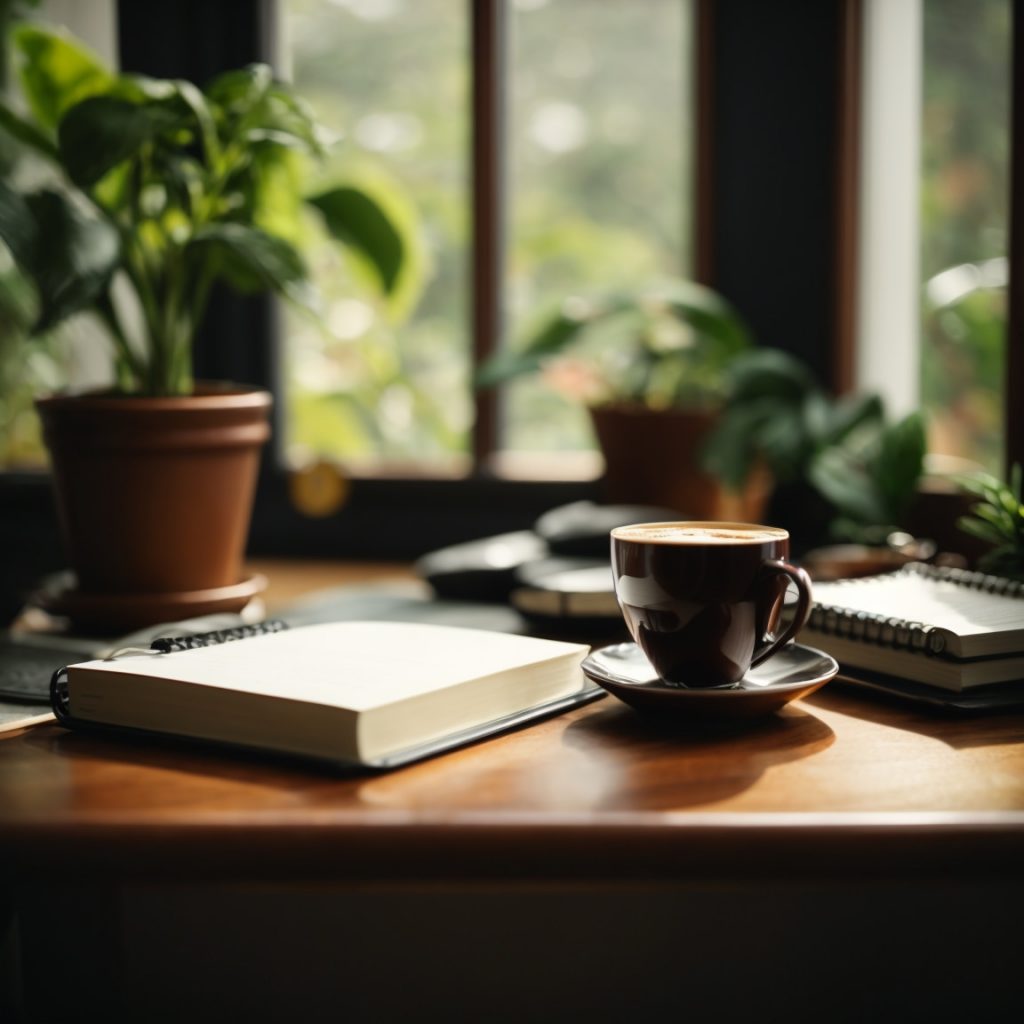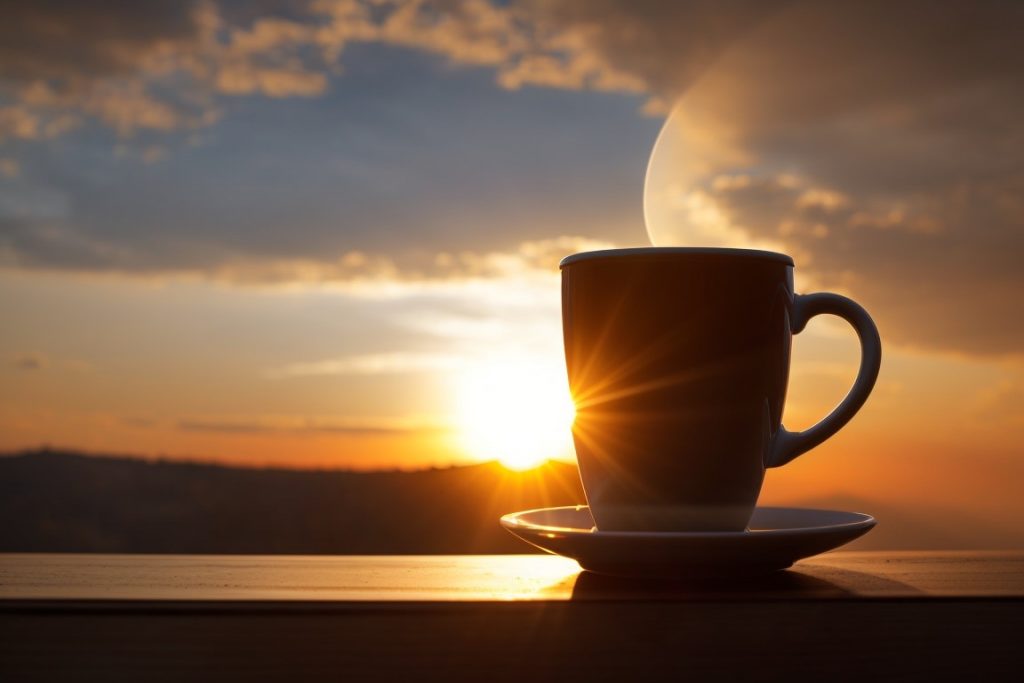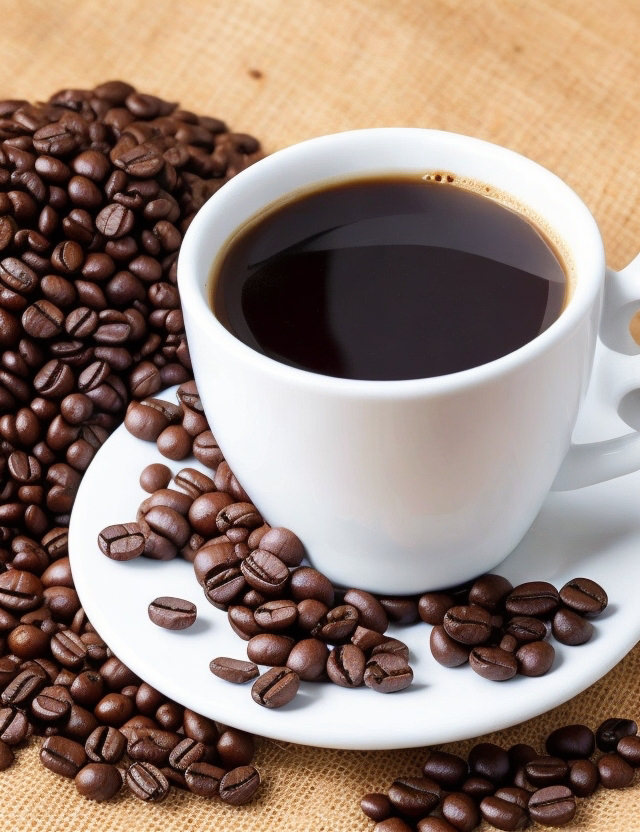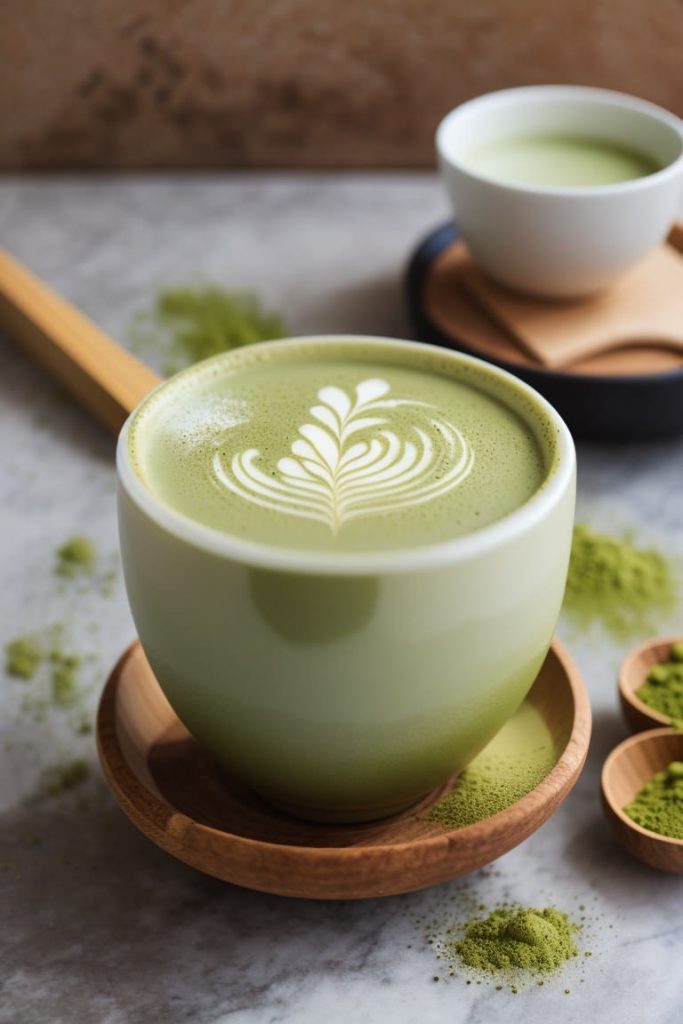Coffee as we know it today was not consumed during the Roman Empire. The popularization of coffee as a beverage began much later, around the 15th century in Yemen. Before this, coffee plants were largely unknown in the Roman world.
The Romans had a variety of drinks, including wine, posca (a kind of vinegar-water), and infusions of herbs and water, but coffee was not among them. The method of roasting and brewing coffee beans to create the drink we’re familiar with today developed long after the fall of the Roman Empire.
The origin and discovery of coffee are often rooted in legends, particularly the story of an Ethiopian goat herder named Kaldi. According to this tale, Kaldi discovered the energizing effects of the coffee plant around the 9th century after noticing how lively his goats became after eating the berries. However, this charming story leans more towards myth than historical fact.
The true emergence of coffee as a drink is more likely traced back to Yemen in the 15th century. It was in the Sufi monasteries of Yemen that coffee beans were first roasted and brewed in a manner similar to how it is prepared today. This process was adopted as a practical solution to a spiritual need; the Sufi monks used coffee to remain awake and alert during their long and rigorous religious ceremonies, including nocturnal devotions and lengthy meditation sessions.
Yemen also played a pivotal role in the early spread and trade of coffee, initially maintaining a monopoly on its cultivation. This monopoly was centered around the Yemeni port city of Mocha, which became almost synonymous with coffee itself. Mocha, renowned for its distinctive flavor, emerged as a major trading hub, making its coffee famous worldwide. In an effort to sustain this monopoly, Yemeni traders adopted unique methods to control their precious commodity. They exported beans that were either boiled or otherwise sterilized, a strategy aimed at preventing germination and thus hindering other regions from cultivating their own coffee. However, despite these diligent efforts, the cultivation of coffee gradually spread beyond Yemen, as the allure and value of the coffee plant made it a sought-after commodity across different continents and cultures.
Please note that if you purchase from clicking on the link, some will result in my getting a tiny bit of that sale to help keep this site going.






